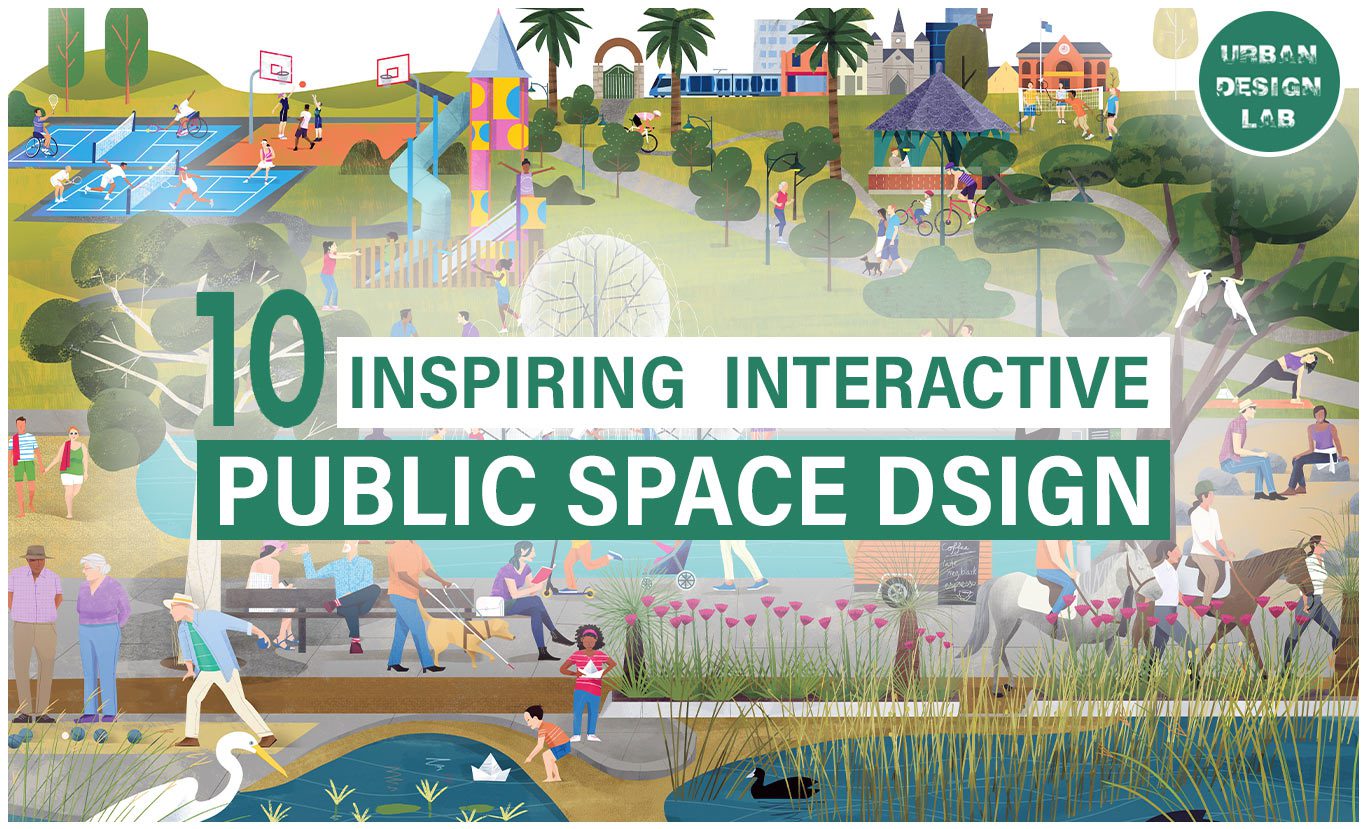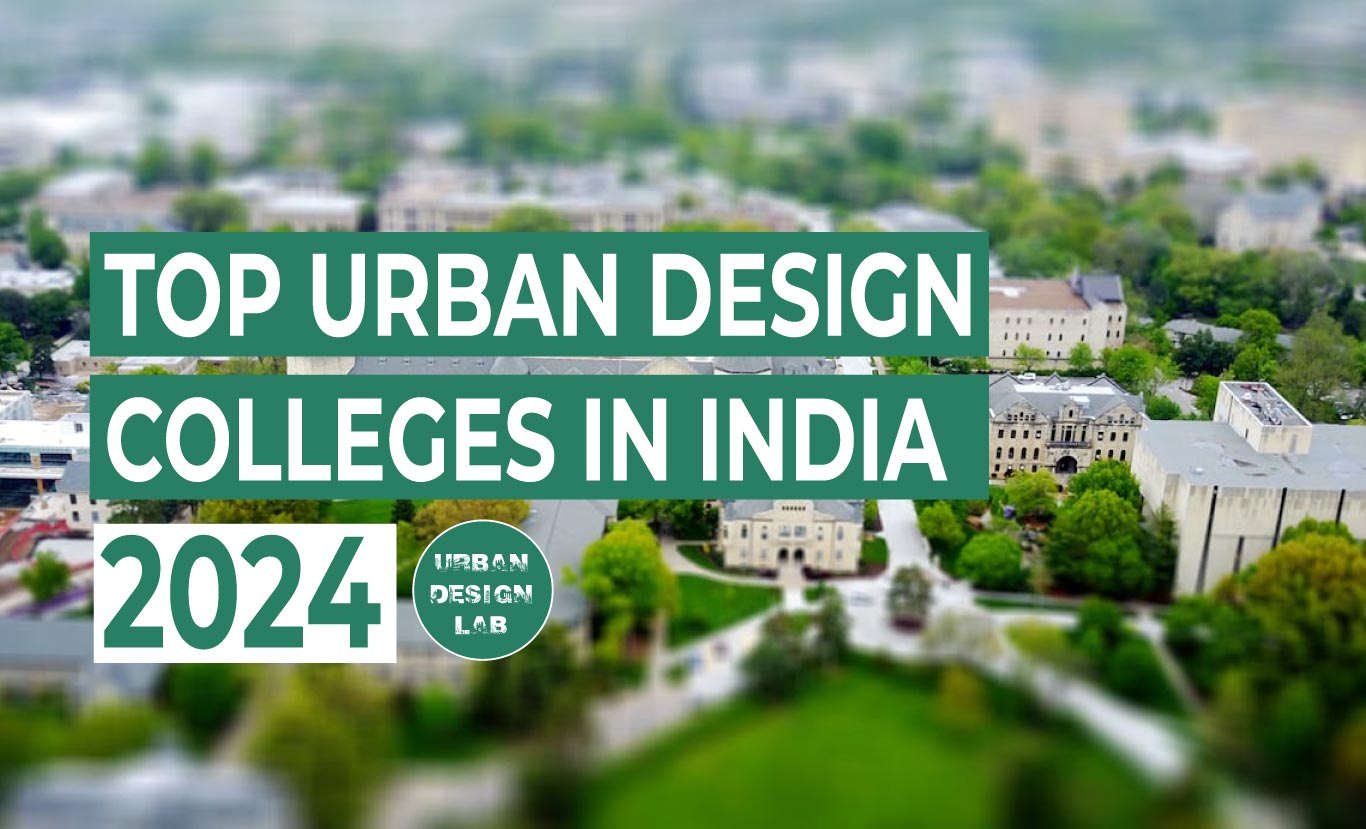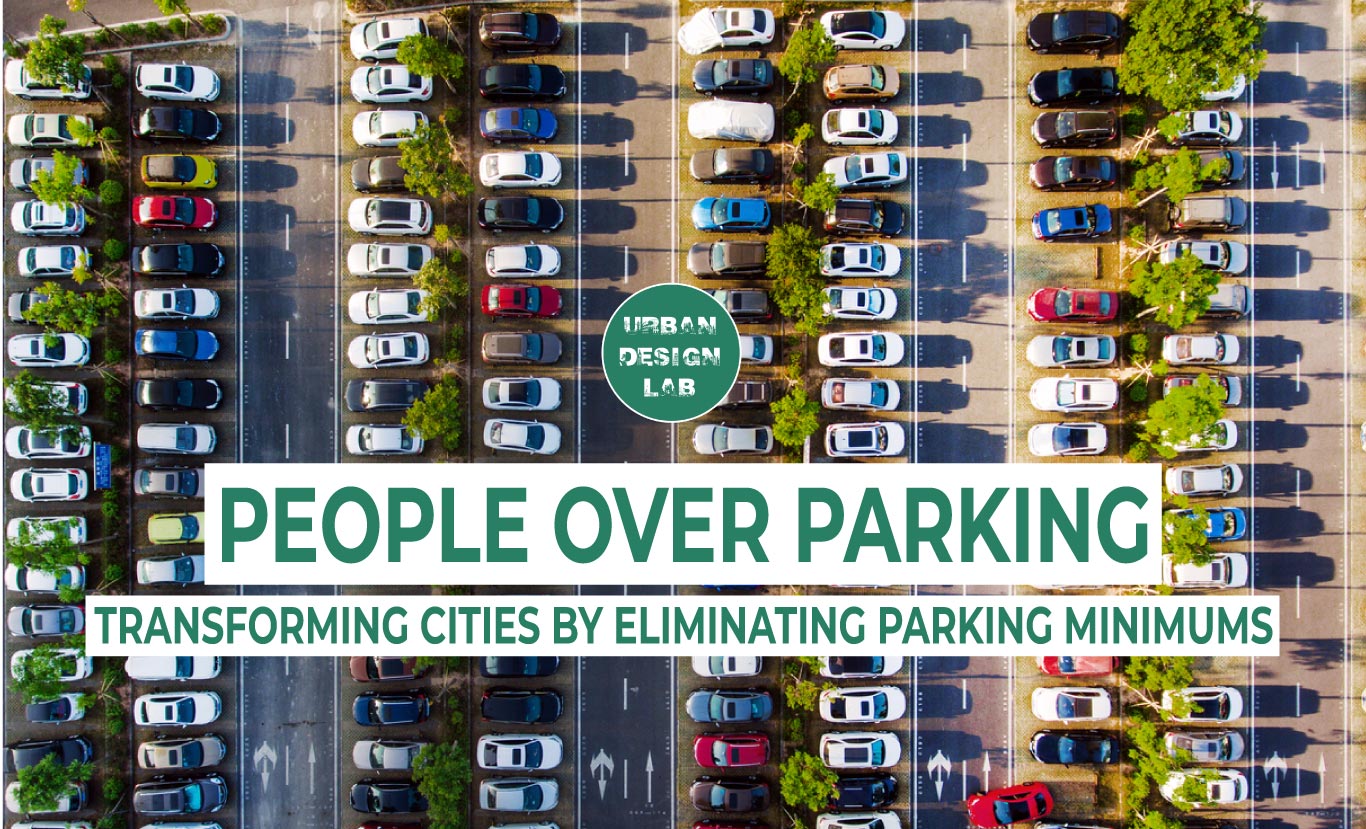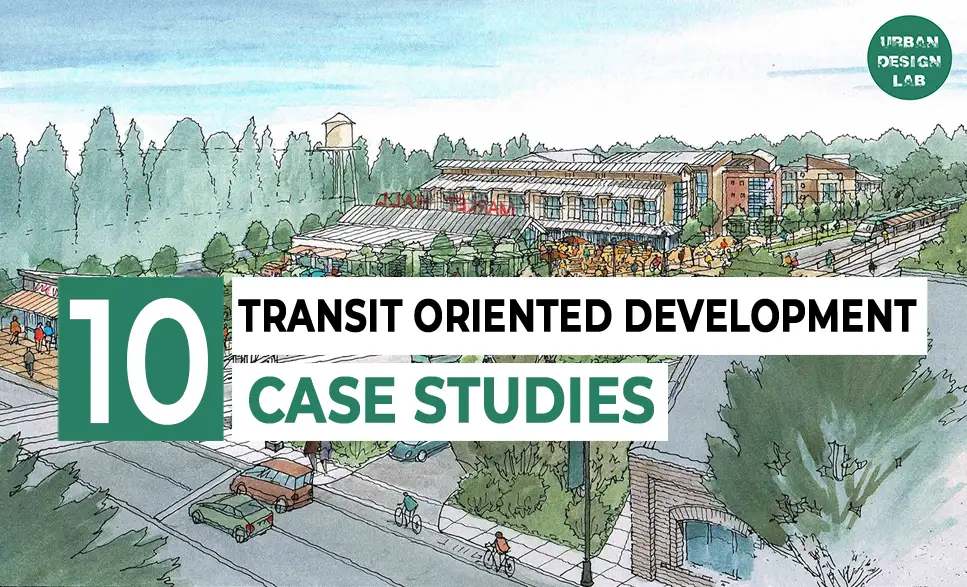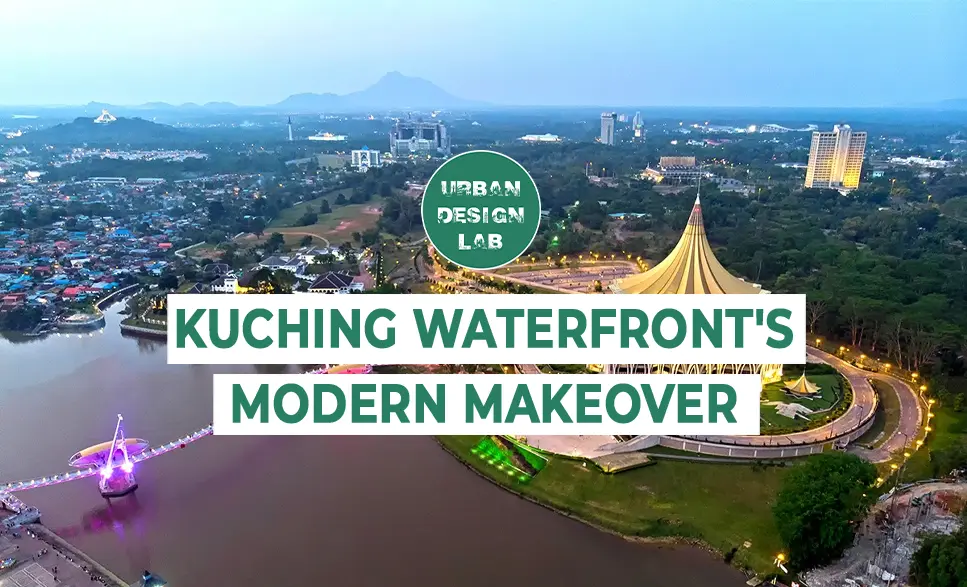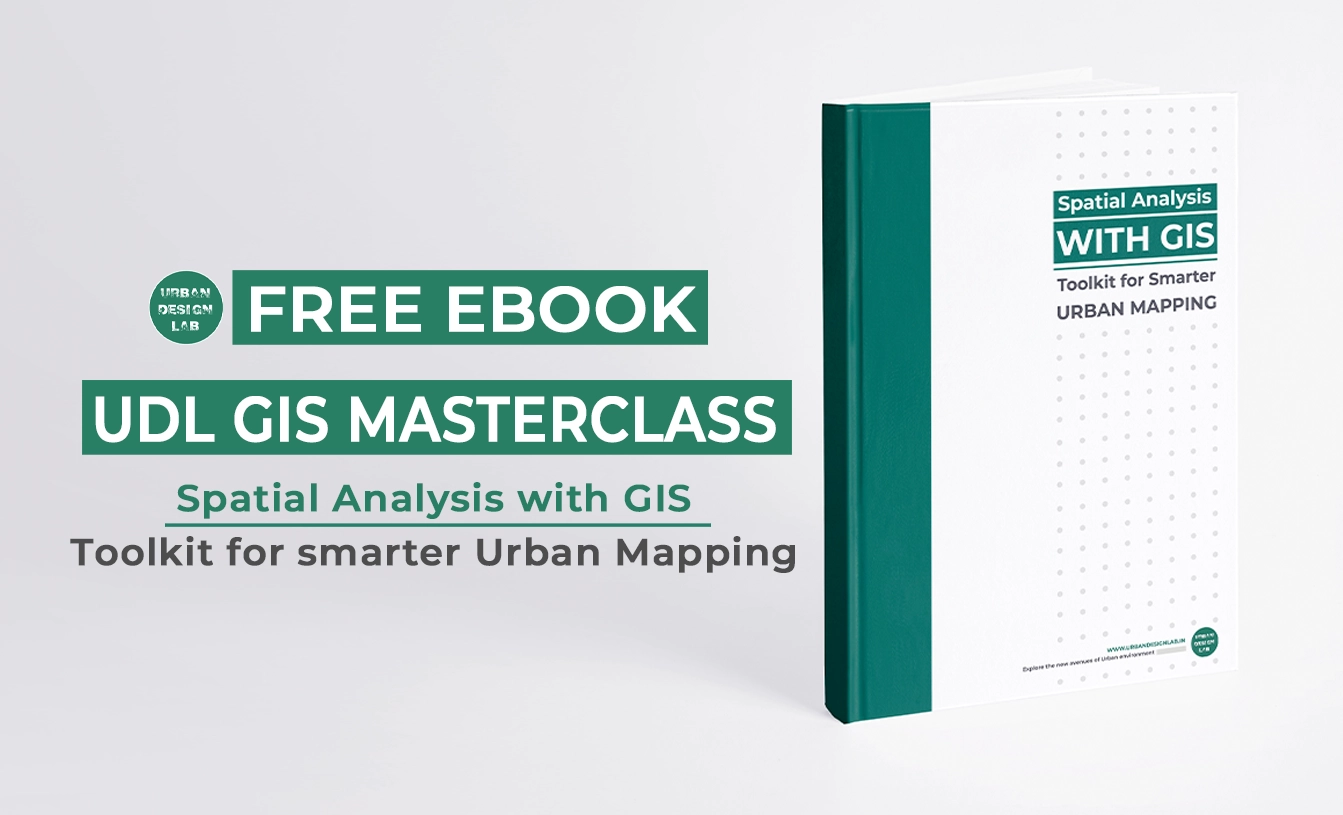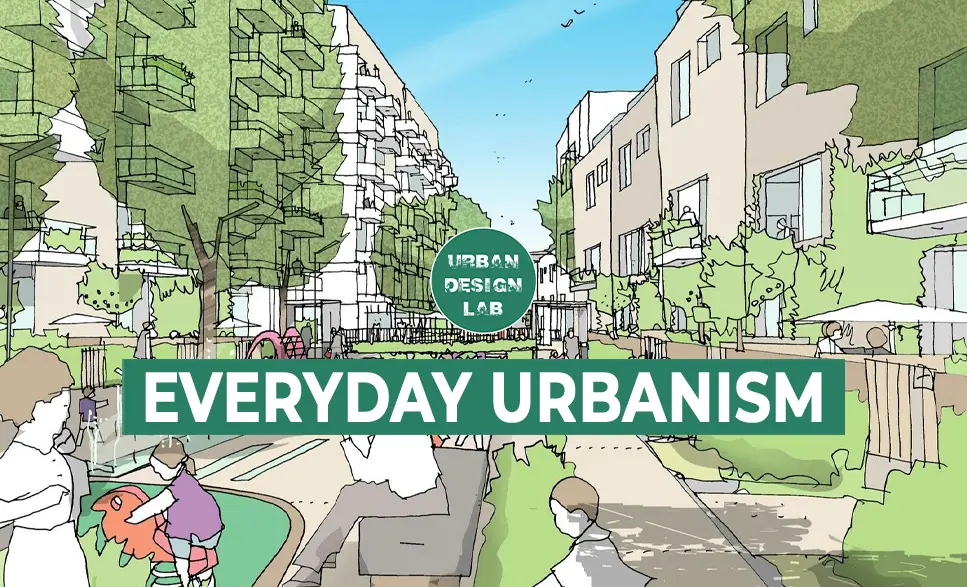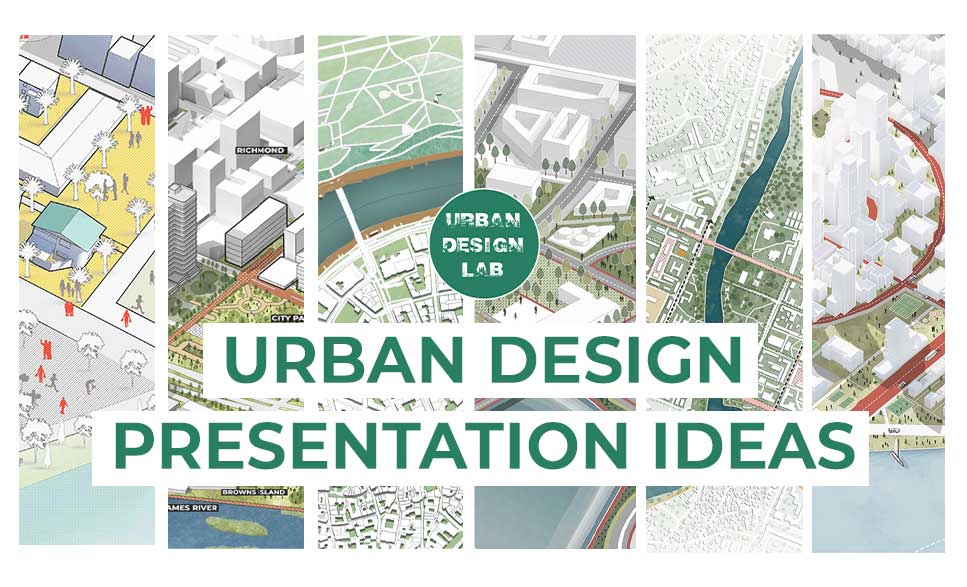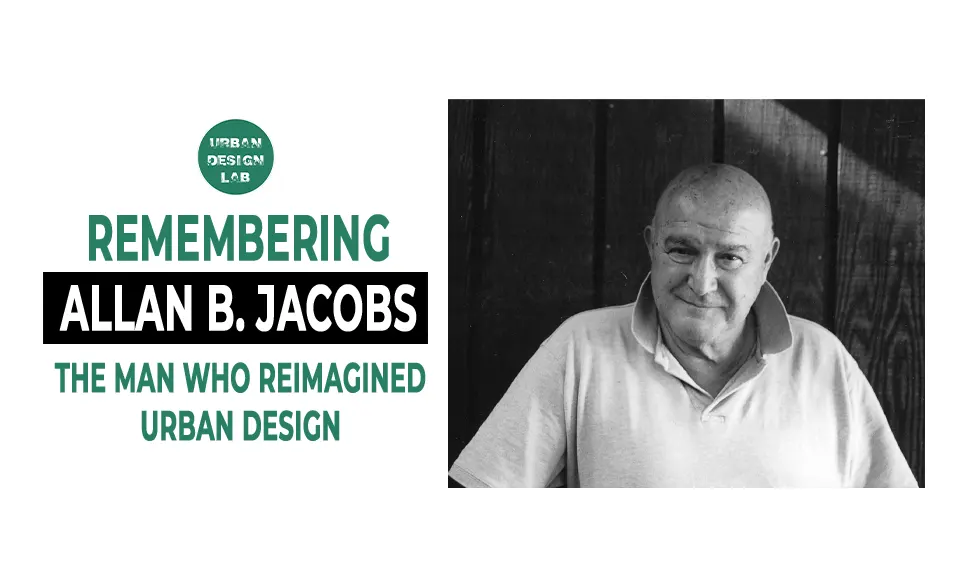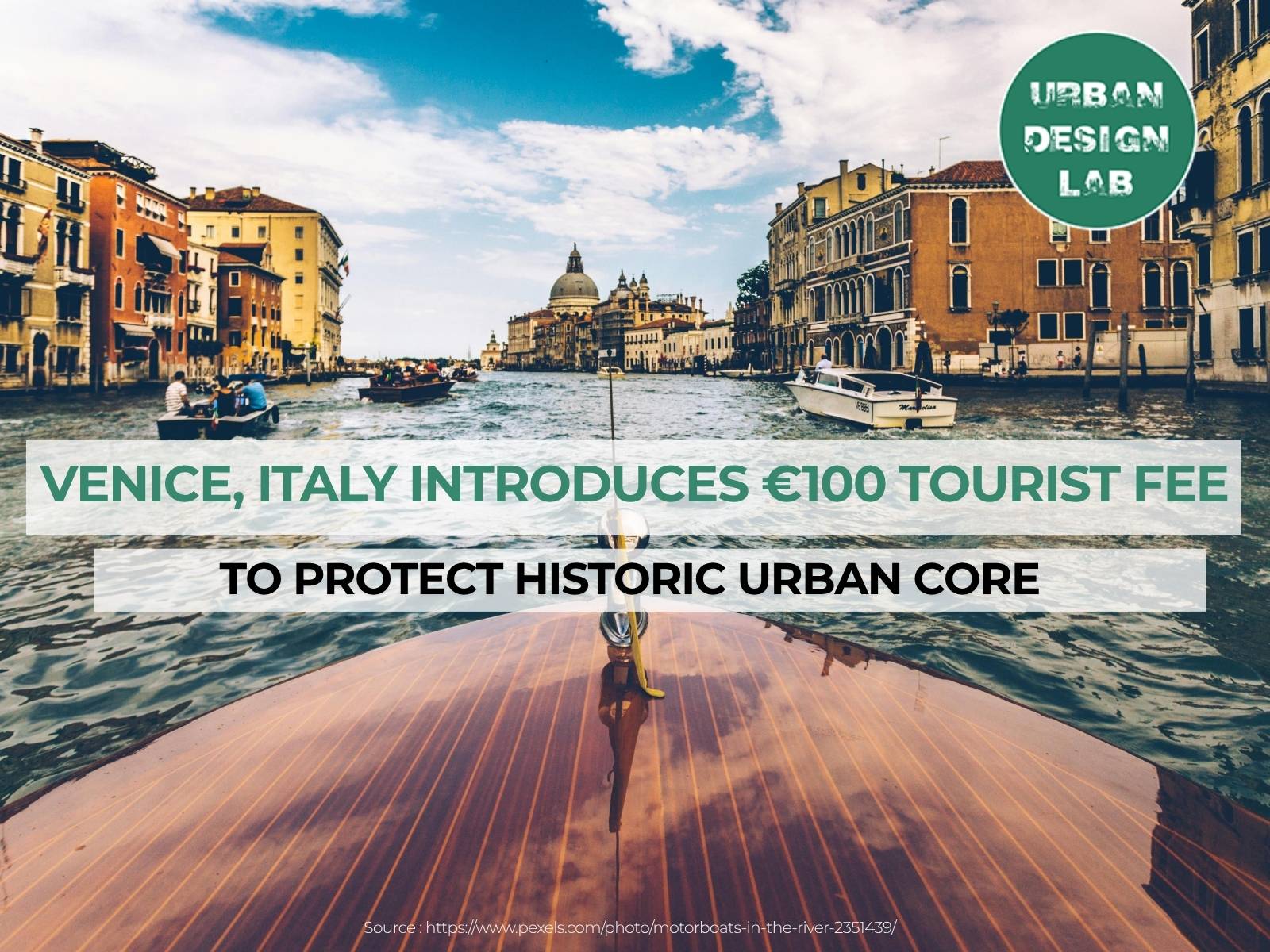
Top 20 Fonts for Urban Designers and Planners

Most of us think of urban designers and planners primarily as those who design the cities. What is overlooked, however, is how time-consuming, difficult, and unpleasant it can be to design and build cities that are more than just visually pleasing and functional. Picking the right font might be difficult.
A good or bad typeface can have a significant impact on how your design is received and how interested the reader is. However, if you don’t already have a couple of reliable options in mind, choosing a typeface for your next project can be a difficult ordeal. Because of that, we have compiled a collection of 20 fonts that will help you reimagine your next urban project.
What is a font?
When referring to typefaces, the term “font” refers to a particular combination of point size, weight, and style that was used in metal typesetting. A variety of these typefaces that are similar in style would make up the typeface (the typeface).
Today however with digital typography now very dominant, the term font is more commonly associated with/to a typeface, where each font file is a different design.
For example the typeface “Futura” may include the fonts “Futura light”, “Futura italic”, “Futura bold” and “Futura extended”, but the term “font” might be applied either to one of these on their own or to the Futura font as a whole.
As well as the above variations (light, italic and bold), fonts can be categorized by their type of box (higher and lower case), by source, Sans – serif (without serif), Serif (with serif), Script (cursive) and Dingbat (ornamental), in addition to numerous other identity features of the same style.
1. Bauhaus
Bauhaus, a decorative typeface, is characterised by its clean, distinctive appearance achieved via the use of simple geometric forms and uniform strokes. This font, created by graphic artist Herbert Bayer in 1925, is still in use today. It is mostly used for titles and subtitles in architectural board layouts.
2. Futura
Paul Renner’s 1920s typeface is an iconic example of the genre of Modern Graphic Design. This design, which takes cues from Bauhaus principles, uses straight lines and curves in syntony to create harmony in its set of texts. The visual fatigue caused by prolonged usage of this font makes it inappropriate for longer writing, despite the fact that it is cleaner. Indicated titles and subtitles in the architectural boards with punctuation. Used extensively for branding purposes, it may be found in all the best office buildings.
3. Helvetica
Helvetica is a great option for portfolios going for a clean, contemporary look. Its neo-grotesque aesthetic makes it compatible with many standard typefaces, including Lucida, Open Sans, and Georgia. The Swiss design team of Eduard Hoffmann and Max Miedinger created this font in the previous decade, and it has received widespread appreciation for its clean, readable layout. It sees extensive application in the design of logos and websites.
8. IBM Plex
Developed by Mike Abbink this font is the corporate typeface for IBM worldwide. It was developed at IBM in collaboration with Dutch type foundry Bold Monday mainly to reflect the brand spirit. Plex was released as an open-source project in 2017 and includes Sans, Sans Condensed, Mono and Serif.

Urban Design Lab
About the Author
This is the admin account of Urban Design Lab. This account publishes articles written by team members, contributions from guest writers, and other occasional submissions. Please feel free to contact us if you have any questions or comments.
Related articles


Architecture Professional Degree Delisting: Explained

Periodic Table for Urban Design and Planning Elements


History of Urban Planning in India

Kim Dovey: Leading Theories on Informal Cities and Urban Assemblage
UDL Illustrator
Masterclass
Visualising Urban and Architecture Diagrams
Session Dates
17th-18th January 2026

Urban Design Lab
Be the part of our Network
Stay updated on workshops, design tools, and calls for collaboration
Curating the best graduate thesis project globally!

Free E-Book
From thesis to Portfolio
A Guide to Convert Academic Work into a Professional Portfolio”
Recent Posts
- Article Posted:
- Article Posted:
- Article Posted:
- Article Posted:
- Article Posted:
- Article Posted:
- Article Posted:
- Article Posted:
- Article Posted:
- Article Posted:
- Article Posted:
- Article Posted:
- Article Posted:
Sign up for our Newsletter
“Let’s explore the new avenues of Urban environment together “















































